The Old Barn / Formal Garden ~ Polborder, Cornwall.
Client : Private.

The Old Barn is situated in Polborder within the parish of St. Mellion in Cornwall. Originally a working farm, it was built in the mid 1800’s by the Duchy of Cornwall and served as a blueprint to show how a working farm and its associated buildings should be constructed. It is now a private residential property.
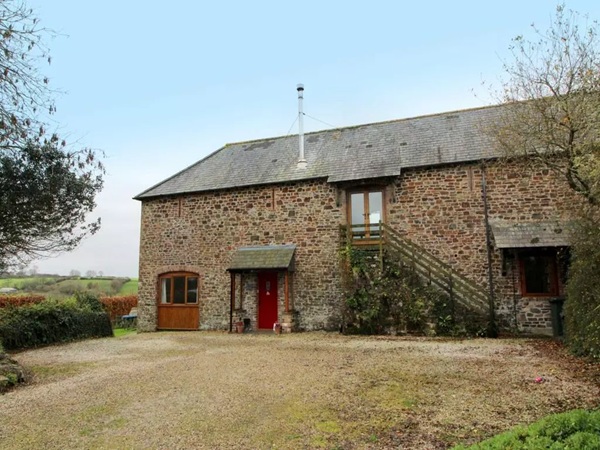
At the rear of this property is an enclosed garden area which once formed the courtyard for the farm.

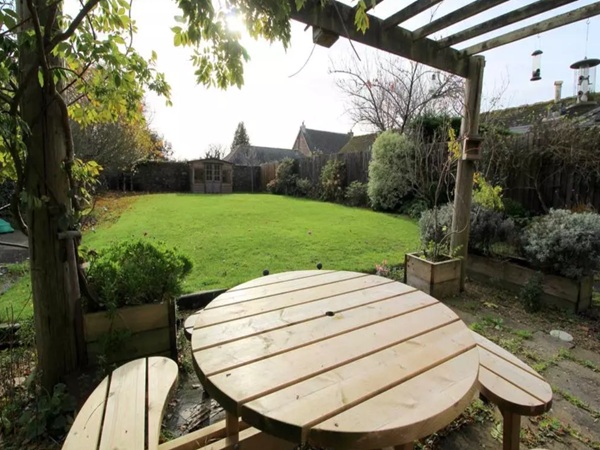
It was here that the client had asked for a formal style garden incorporating a series of raised planters built out of Victorian reclaimed bricks. Work soon got underway removing the grass turf where the new raised planters were going to be built.
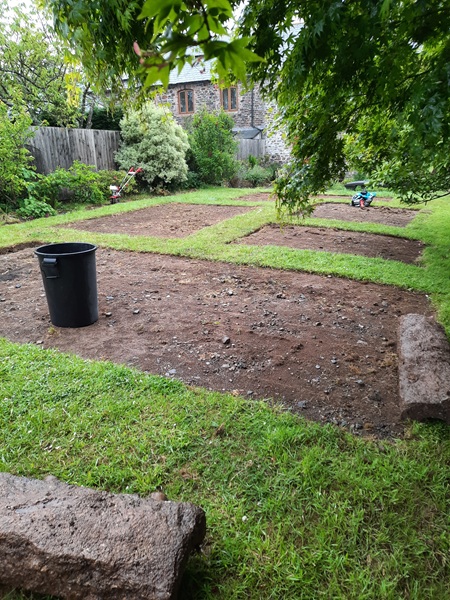
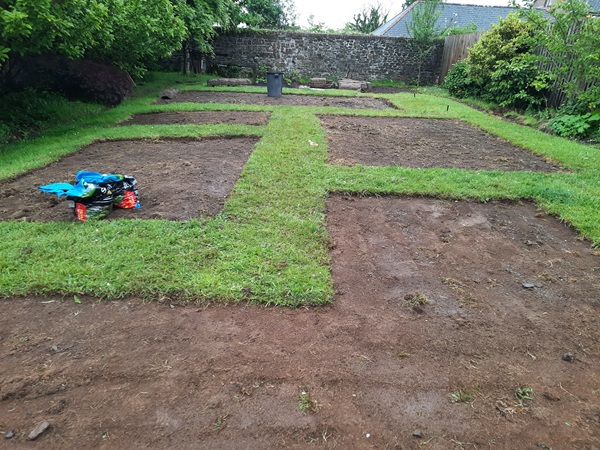
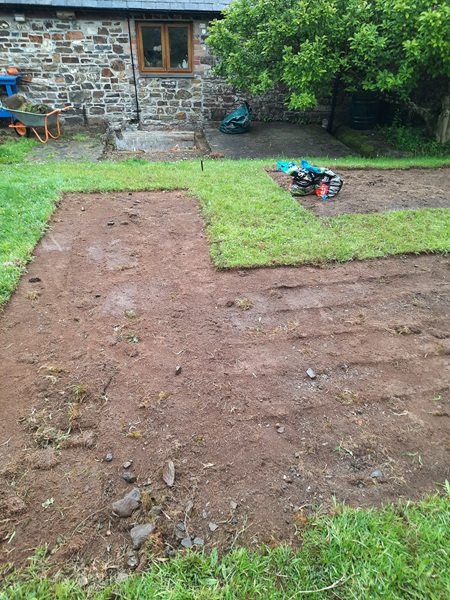
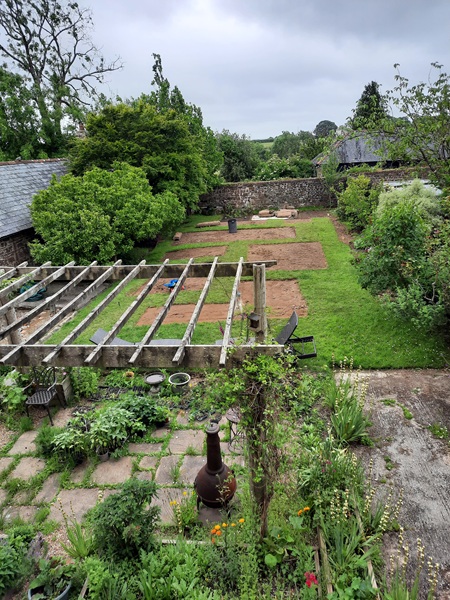
Our next task was to bring in a small mini digger and excavate for the new concrete strip foundations for us to build the new raised planters.
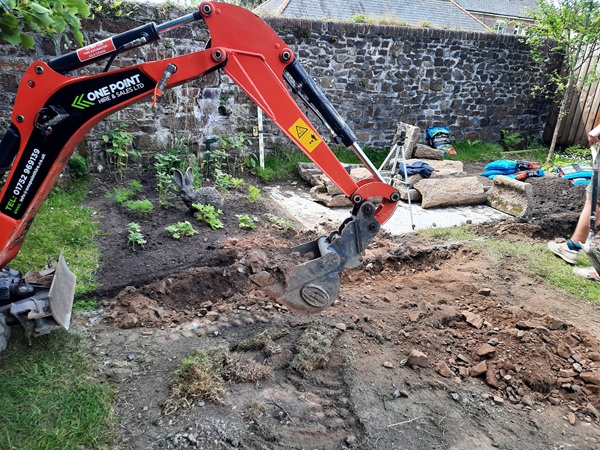
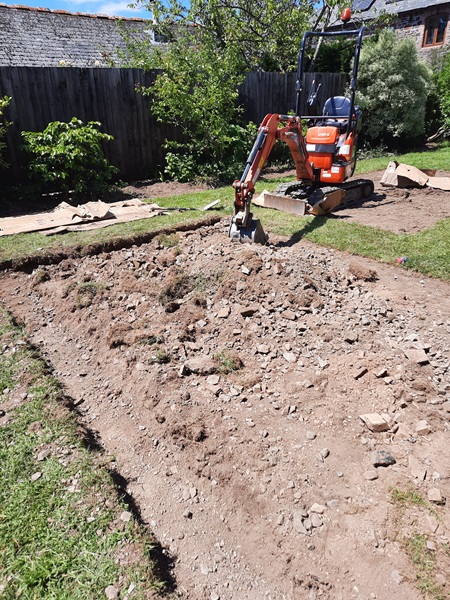
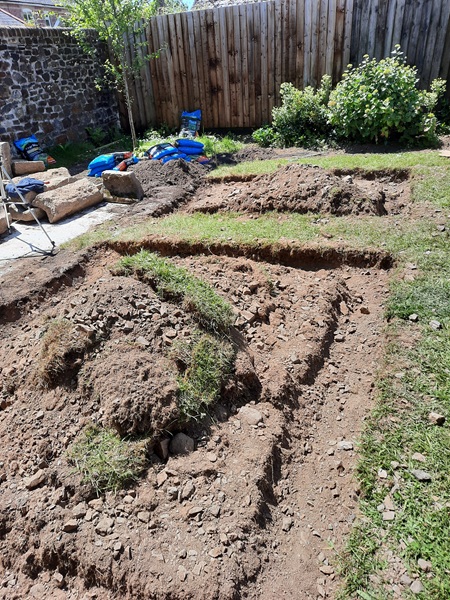
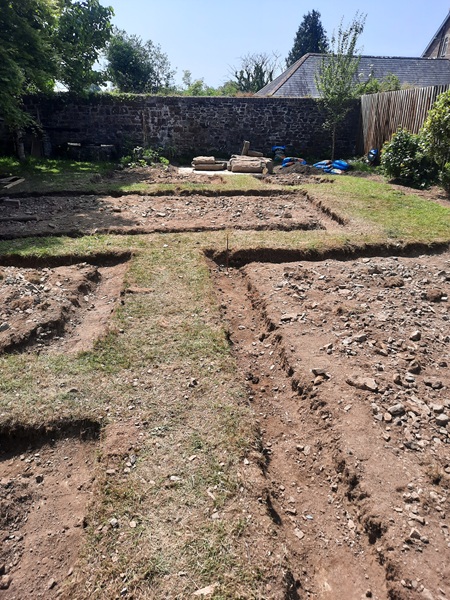
Once all the foundations were dug out a laser level was set up.
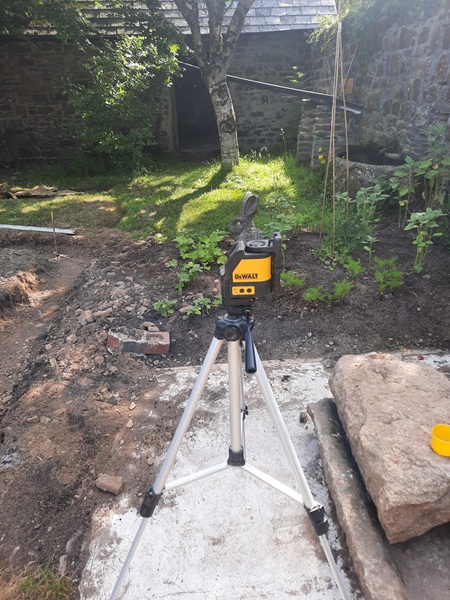
This enabled us to drive in steel pins to give us the correct levels and datums for the new concrete foundations. The foundations had to be level and because the existing ground was sloping, we had to put steps in the concrete to suit the new brickwork.
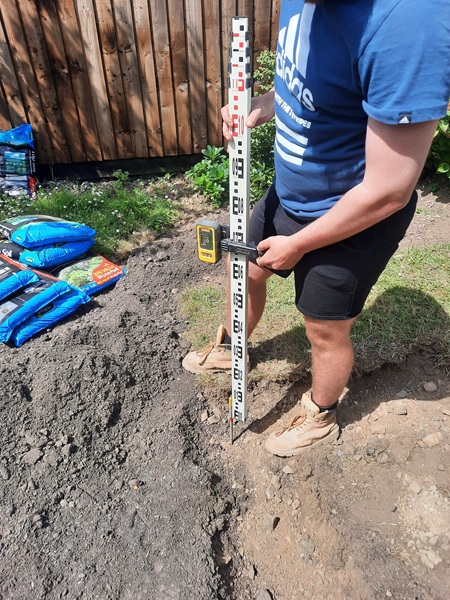
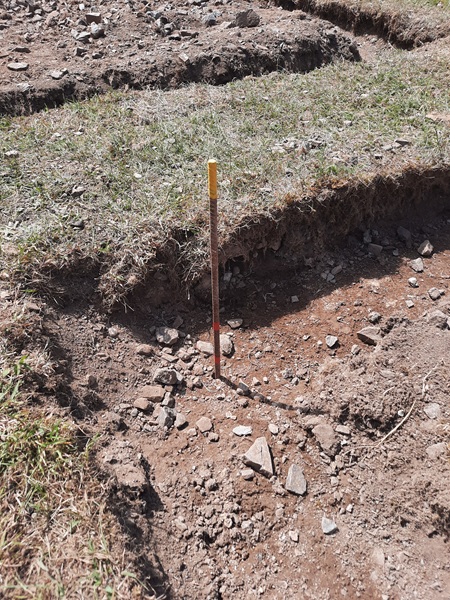
When all the new levels had been determined it was time to pour the concrete.
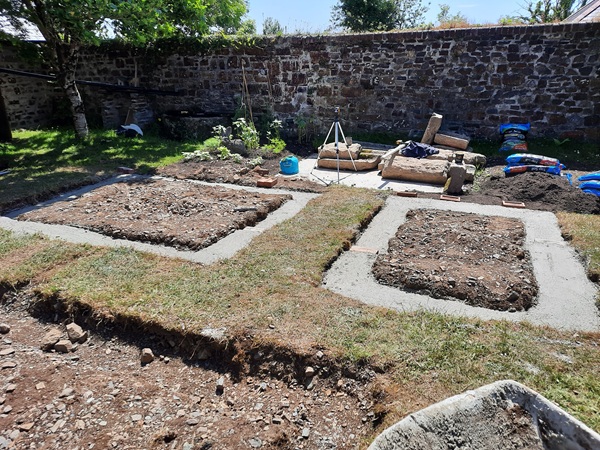
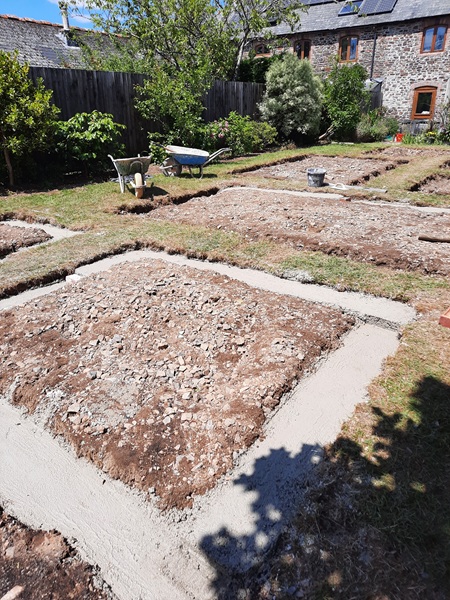
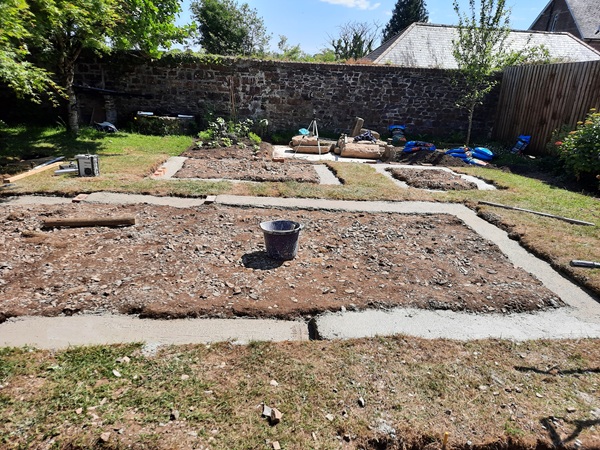
In the meantime the bricks arrived. The bricks were sourced from Edward Hitchins, who are an Exeter based reclamation yard and a great place to get your reclaimed bricks from.
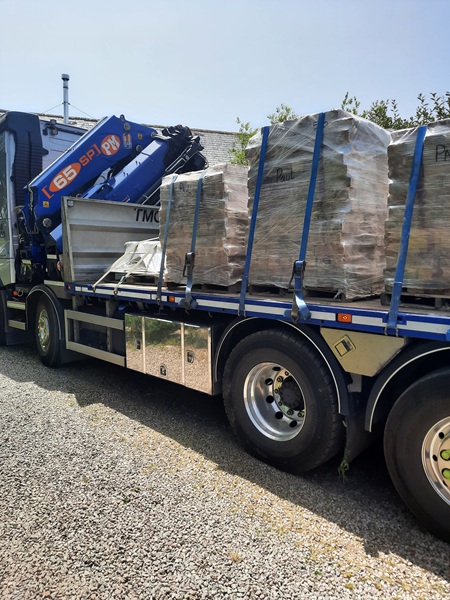
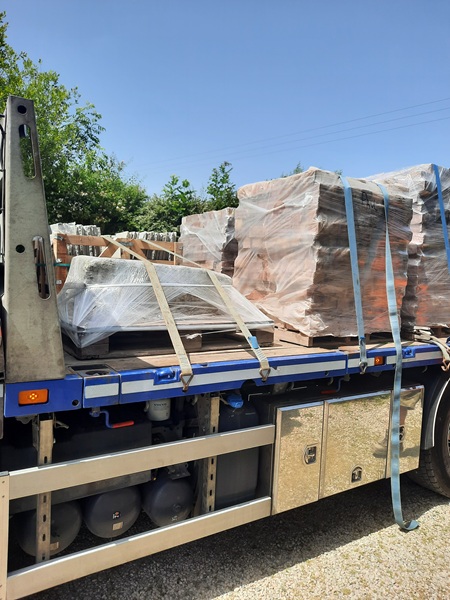
Now that the bricks were on site it was time to crack on with the new raised planters. These planters were going to built using Flemish bond, a traditional decorative bond of brickwork that has historically been used for garden walls with each course consisting of alternating ‘headers’ and ‘stretchers’. Flemish bond was first used in England in 1631 but it only gained popularity in the late 18th century after which it became the dominant brickwork pattern for house building for over a century. Its name is a bit misleading though as Flemish bond is not traditionally used in Flanders or even in nearby Holland. We set out the new brick planters and a traditional lime mortar was used to lay the bricks.


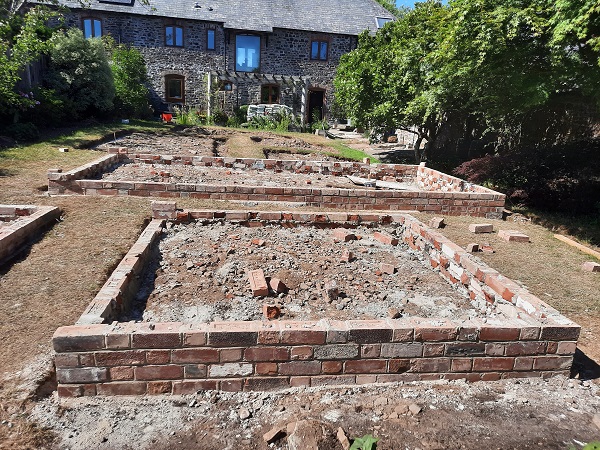
The planters were set out to give a 900mm pathway between each one. As a feature, in one of the planters, we set in an old upright granite gate post that was found lying around the grounds of the property.
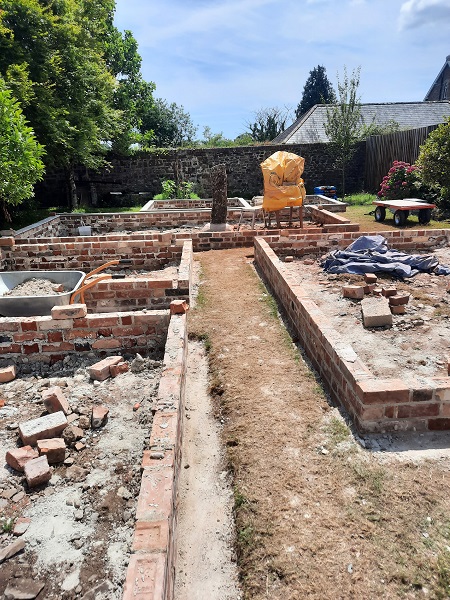
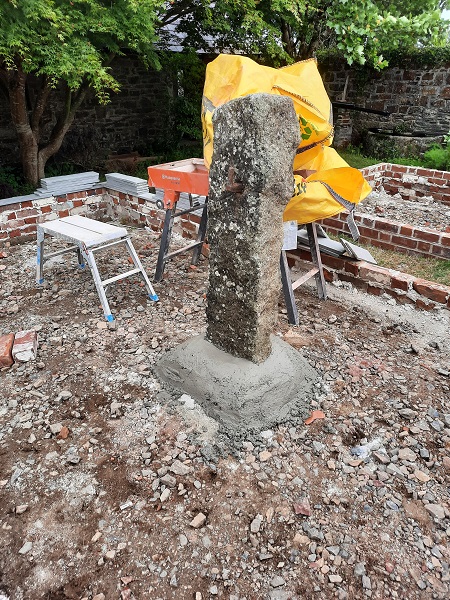
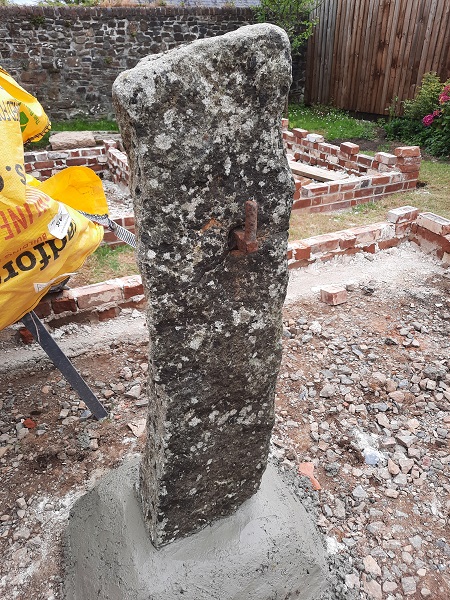
Once the planters were up to height, we laid a 150mm wide coping on top cut from silver grey Indian sandstone slabs. These slabs were 300mm by 600mm and when cut lengthways down the middle we ended up with two copings and no wastage.
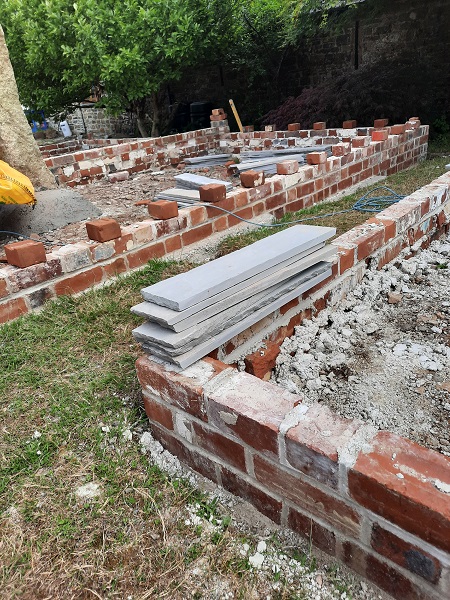
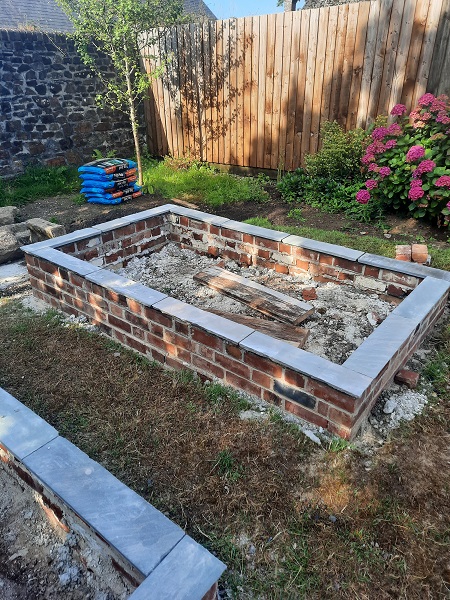
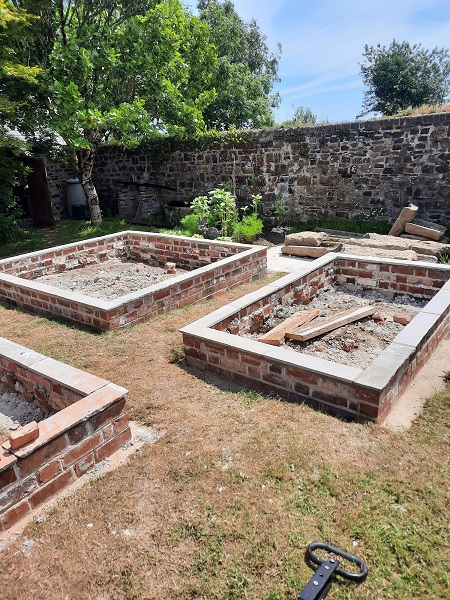
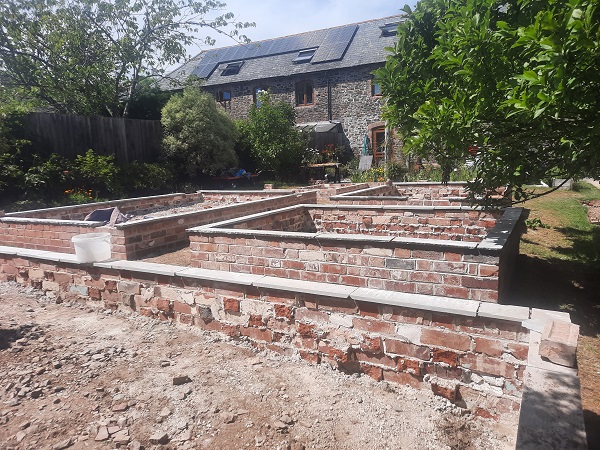
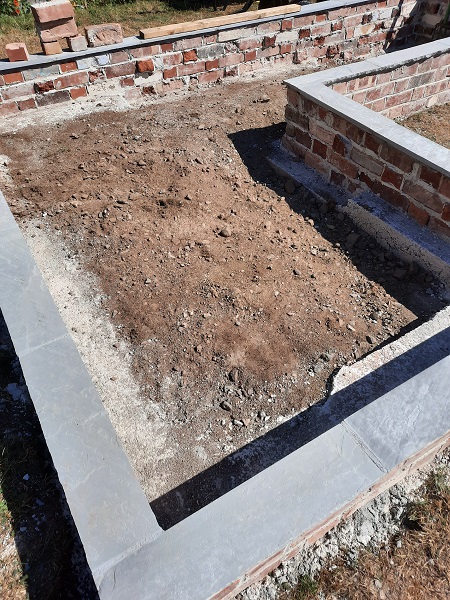
With the planters complete, it was time to bring in tons of good quality topsoil and fill them up.
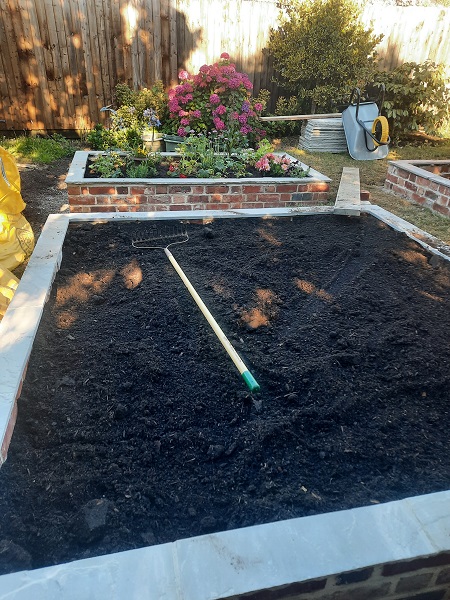
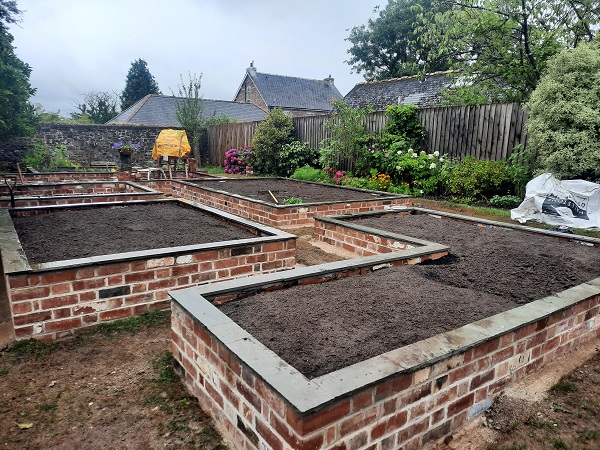
Planting was put in straight away.
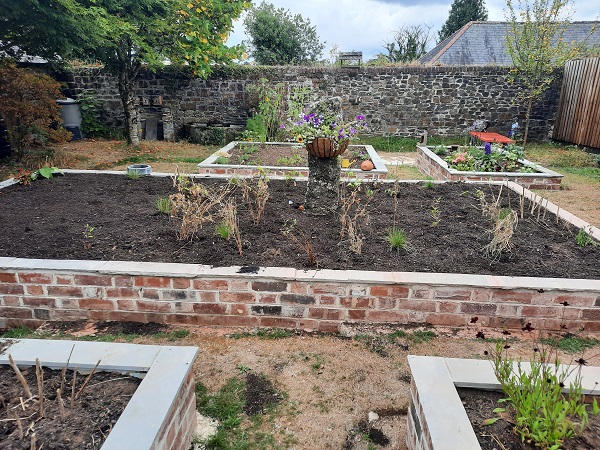
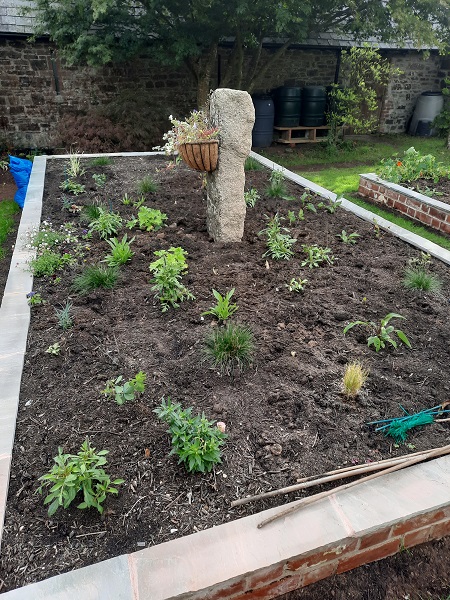
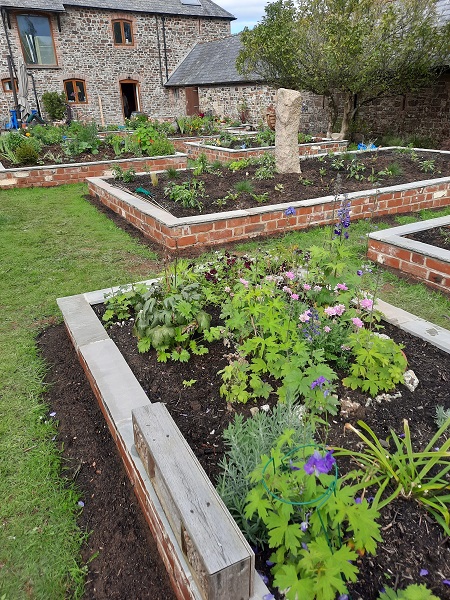
The grass paths in between the planters were reinstated.
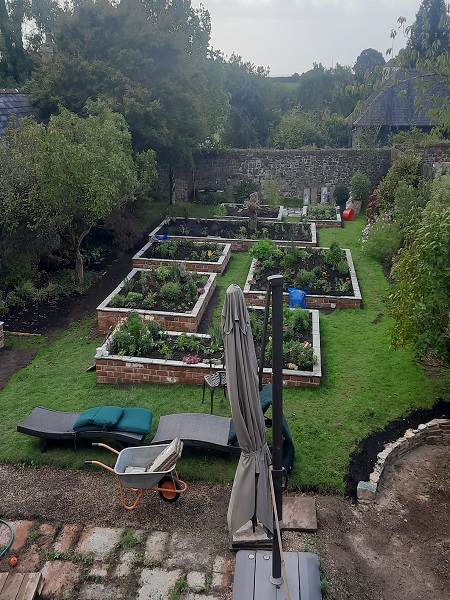
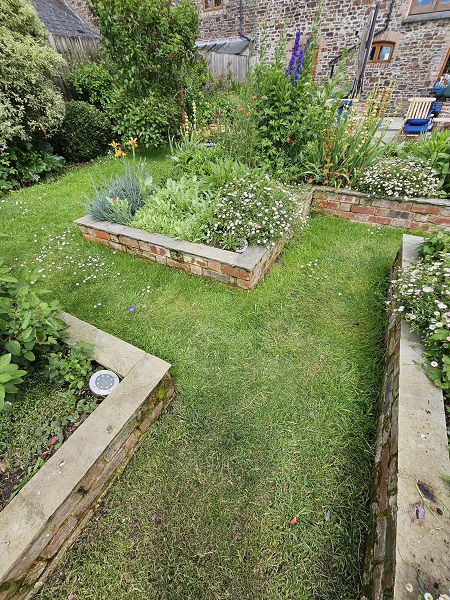

And once the planters were in full bloom it was a riot of colour.
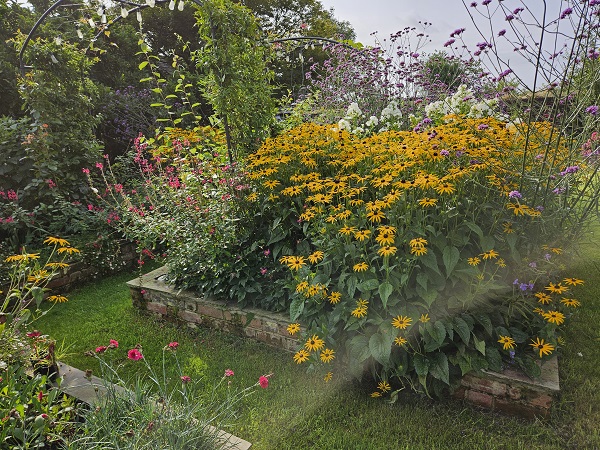
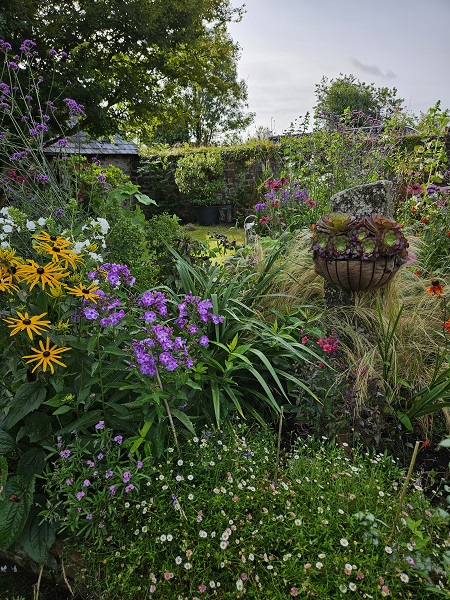
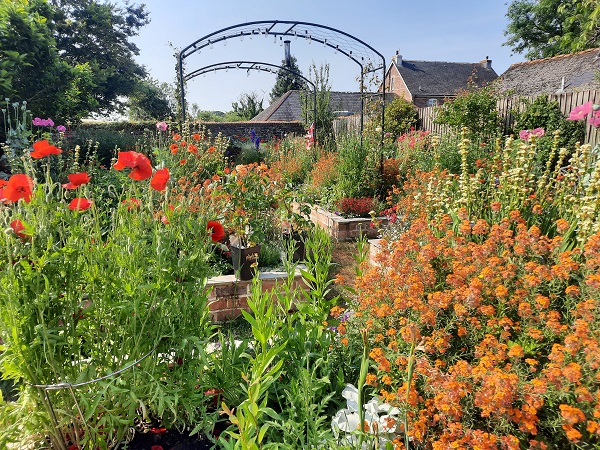
And of course, great for the insects!
We also created a water feature within the garden and if you want to find out about that then click here.


